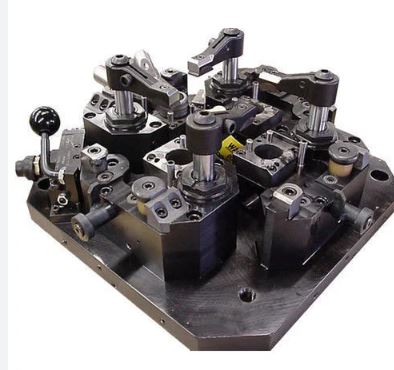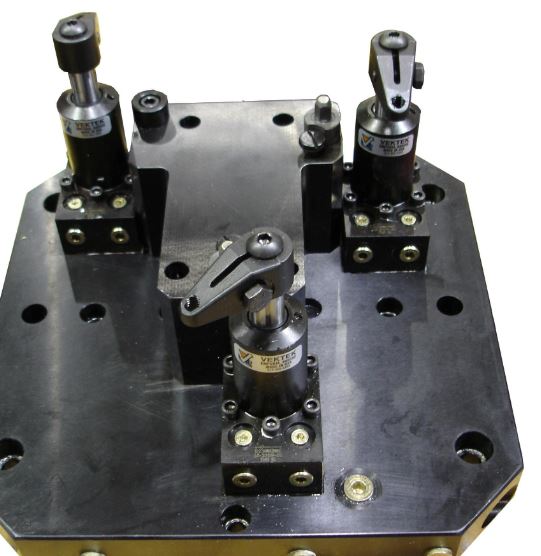Recent Posts
Designing Fixtures for Machine Centers: A Comprehensive Guide
Posted on
In the manufacturing sector, the development of fixtures for machine centers is a pivotal process that demands meticulous planning and execution. Fixtures, which are employed to hold the workpieces in place during various machining operations, play a vital role in ensuring accuracy, repeatability, and efficiency of production. When designing fixtures for machine centers, several crucial aspects need to be considered. In this article, we will delve deep into these aspects to provide a comprehensive perspective on fixture design.
1. Material Considerations

1.1 Material Compatibility
- Workpiece Material: The fixture material should be compatible with the workpiece material to avoid any chemical reactions or physical deformations.
- Fixture Material: Commonly used materials are steel, cast iron, and aluminum, depending on the type of machine center and the properties needed for the fixture.
2. Mechanical Aspects
2.1 Load Bearing Capacity
- Static Load: Evaluate the static load to design fixtures that can withstand the forces generated during machining.
- Dynamic Load: Consider the dynamic loads that may occur due to vibrations or other transient forces.
2.2 Stability
Ensuring the stability of fixtures is crucial to prevent accidents and to maintain the precision of machining processes.
3. Geometric and Dimensional Considerations

3.1 Tolerances
Designing with appropriate tolerances ensures the fixture can hold the workpiece accurately for the specific machining operations.
3.2 Accessibility
Proper accessibility to all machining areas without obstruction is necessary to facilitate smooth operations.
4. Clamping Mechanisms
4.1 Clamping Force
Determining the optimal clamping force to secure the workpiece without causing deformation is an essential aspect of fixture design.
4.2 Clampin g Position
g Position
The clamping position should be chosen to provide maximum stability and accessibility to the machining areas.
5. Modularity and Flexibility
5.1 Modularity
Modular fixture systems can provide versatility and the ability to adapt to different workpieces and machining operations.
5.2 Flexibility
The fixture design should incorporate flexibility to facilitate quick setup changes and adjustments.
6. Economic Factors
6.1 Cost-Effectiveness
Balancing the fixture complexity with cost-effectiveness is vital to ensure economic viability.
6.2 Production Volume
Consider the production volume to design fixtures that can efficiently handle the expected throughput.
7. Ergonomics and Safety
7.1 Operator Safety
Ensuring the safety of operators by incorporating safety features and fail-safes in the fixture design is paramount.
7.2 Ergonomics
Design fixtures that facilitate easy handling and operation to reduce operator fatigue and to enhance productivity.
8. Integration with Manufacturing Systems
8.1 Compatibility with Machine Centers
Ensure the compatibility of fixtures with the existing machine centers in terms of size, connections, and interfaces.
8.2 Integration with Automation Systems
Consider the integration possibilities with automation systems to facilitate efficient and automated production processes.
Designing fixtures for machine centers is a multidisciplinary task that encompasses various considerations ranging from mechanical aspects to economic factors. By giving due attention to these aspects, designers can develop fixtures that not only enhance the efficiency and accuracy of production processes but also ensure the safety and well-being of operators. It is hoped that this guide serves as a comprehensive resource for professionals embarking on the fixture design journey, paving the way for successful and innovative fixture solutions.
 Loading... Please wait...
Loading... Please wait...
